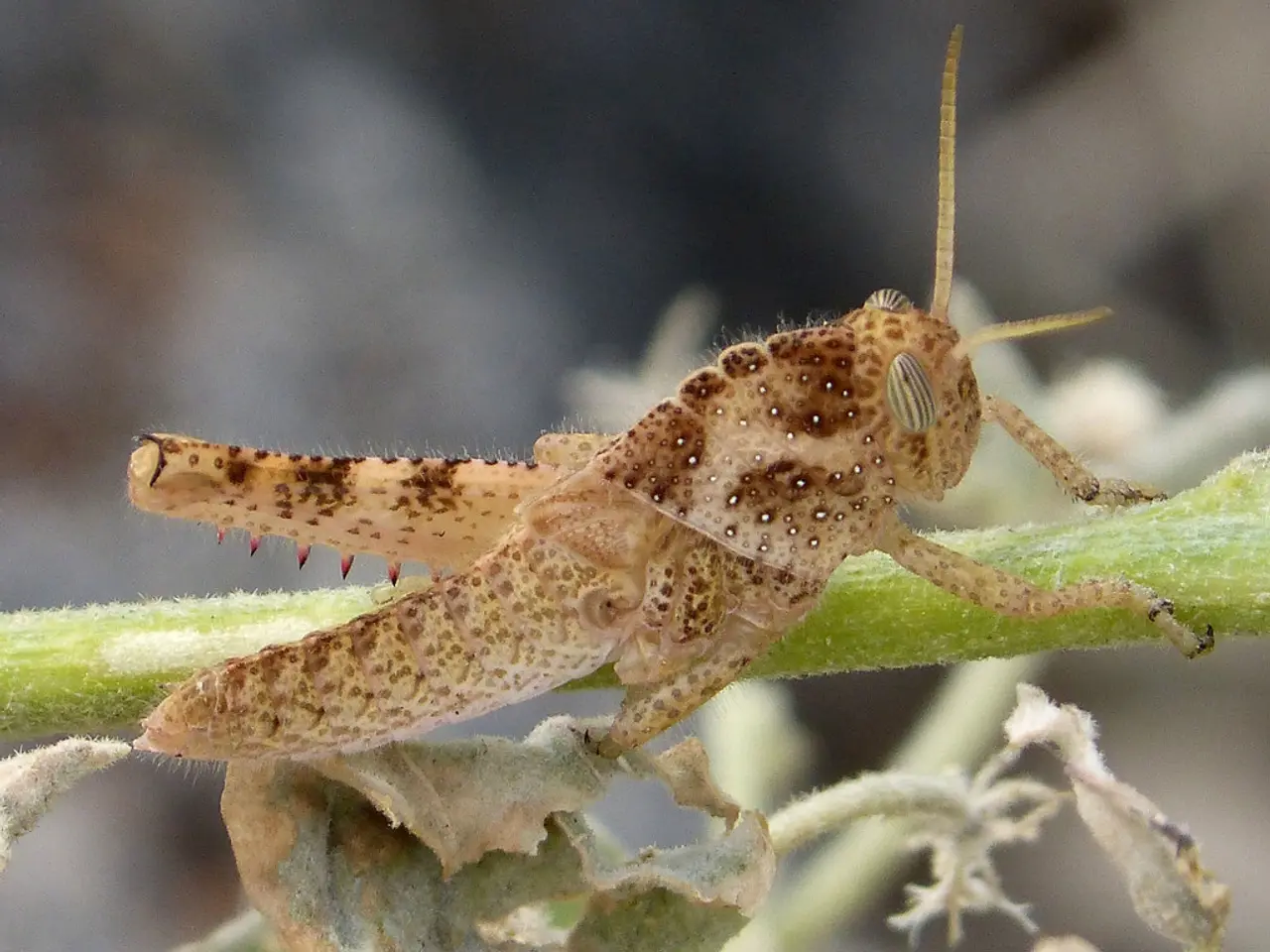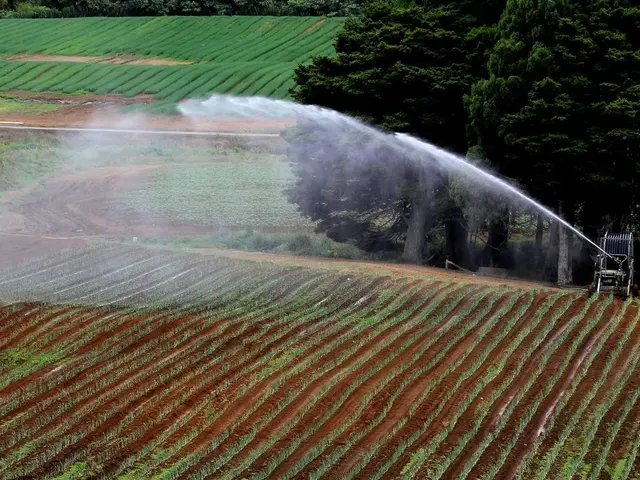Preventing Potato Disease (Potato Blight)
In the UK, potato blight has become increasingly common due to warmer winters and wetter summers, posing a significant threat to home-grown potatoes. This article provides a guide on preventing and treating potato blight effectively, focusing on cultural practices, disease-resistant varieties, and fungicide use.
## Cultural Practices
Adopting good cultural practices is essential in managing potato blight. Crop rotation, debris removal, and drip irrigation can help reduce the risk of overwintering spores and prevent the spread of the disease. Rotating crops ensures that potatoes are not grown in the same area year after year, while removing all plant debris after each crop reduces the risk of harbouring spores. Drip irrigation, instead of overhead watering, prevents splashing water that could spread the disease.
Earthing up potatoes, or hilling soil around the base of the plants, can also help prevent light from reaching the tubers, reducing stress and potentially minimizing disease susceptibility.
## Disease-Resistant Varieties
Choosing the right potato varieties can significantly reduce the need for fungicides. Opt for early maturing varieties like first and second earlies, which often mature before blight season peaks. Additionally, select potato varieties bred for their resistance to blight, such as Sarpo varieties, which can help prevent the disease.
## Fungicide Use
Employing weather-based systems like "Blitecast" can help apply fungicides only when conditions are conducive to disease development, reducing unnecessary applications. Preventative fungicides like Regalia can also be used to prepare plants against potential infections.
## Soil Health
Improving soil health is crucial in enhancing natural disease resistance. Adding compost to the soil can support beneficial soil organisms, while incorporating 2-4 inches of quality compost annually can improve soil health. Introducing beneficial soil microorganisms like mycorrhizal fungi and Bacillus species can create a protective network around plant roots, further aiding in disease prevention.
## Additional Tips
Buy seed potatoes from a reputable supplier that supplies certified disease-free seed potatoes. Space plants further apart to increase airflow and minimize conditions in which blight thrives.
Earth up potatoes to help prevent the tubers from being infected. Do not compost infected plant material in personal gardens, as it may carry the problem over to the next year. Instead, remove any infected material from your garden or allotment, and dispose of it in the council green waste bin, bury it deep underground, or burn it to prevent the problem from persisting.
Potato blight is a serious disease caused by the fungus-like organism Phytophthora infestans. The first sign of potato blight is dark blotches on the leaves, starting at the leaf tips and edges. Potato blight is a particular problem in wet summers.
By combining these strategies, gardeners can effectively manage potato blight in gardens and allotments.
In the realm of gardening, opting for disease-resistant varieties like Sarpo, which are known for their resistance to blight, can significantly minimize the impact of potato blight. Moreover, by practicing good home-and-garden cultural practices, such as crop rotation, debris removal, drip irrigation, and earthing up potatoes, gardeners can proactively reduce the risks associated with potato blight, creating a healthier home-garden lifestyle.




